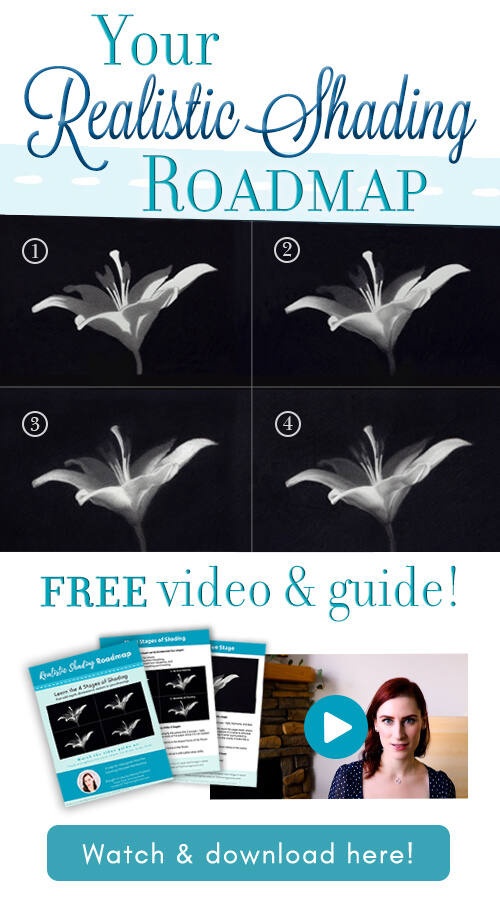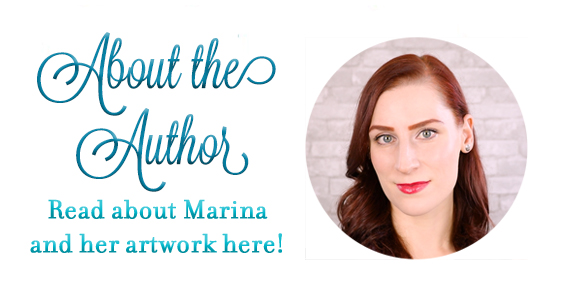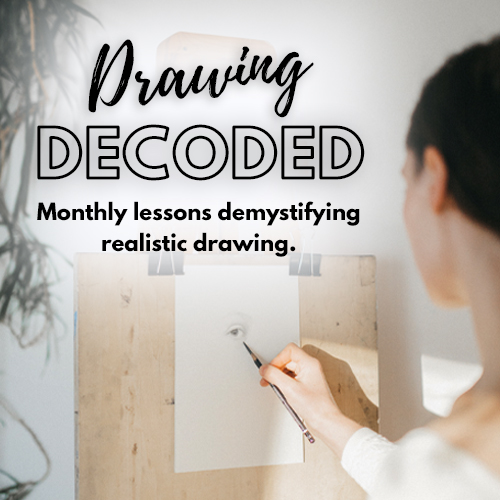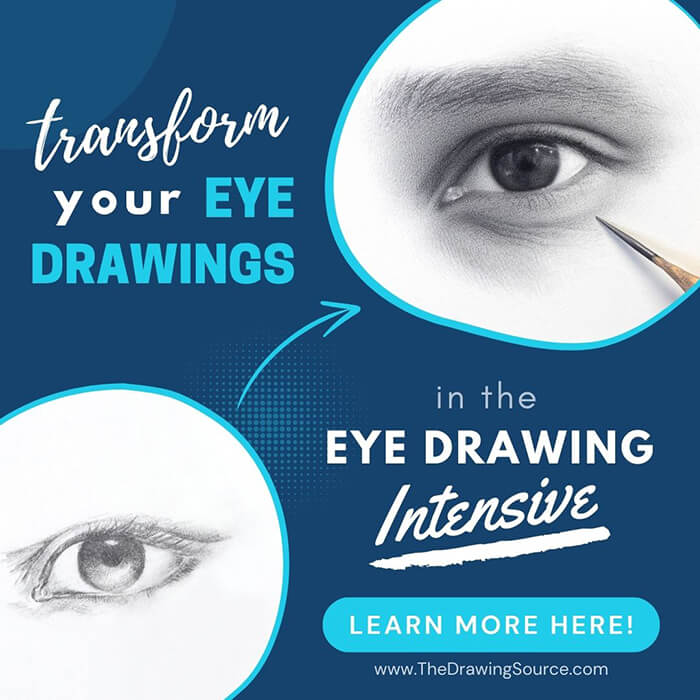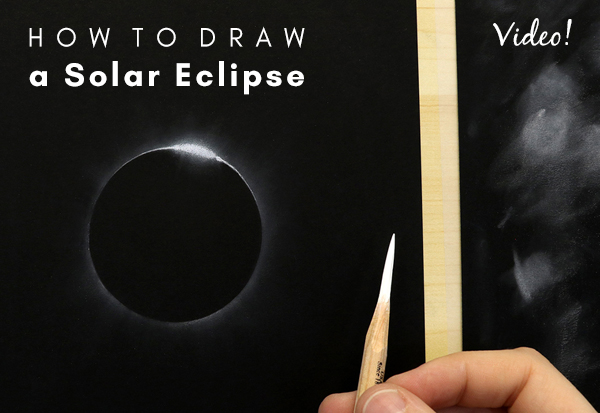- Home
- Inspirational Drawings
- Aleah Chapin
An Interview with Aleah Chapin
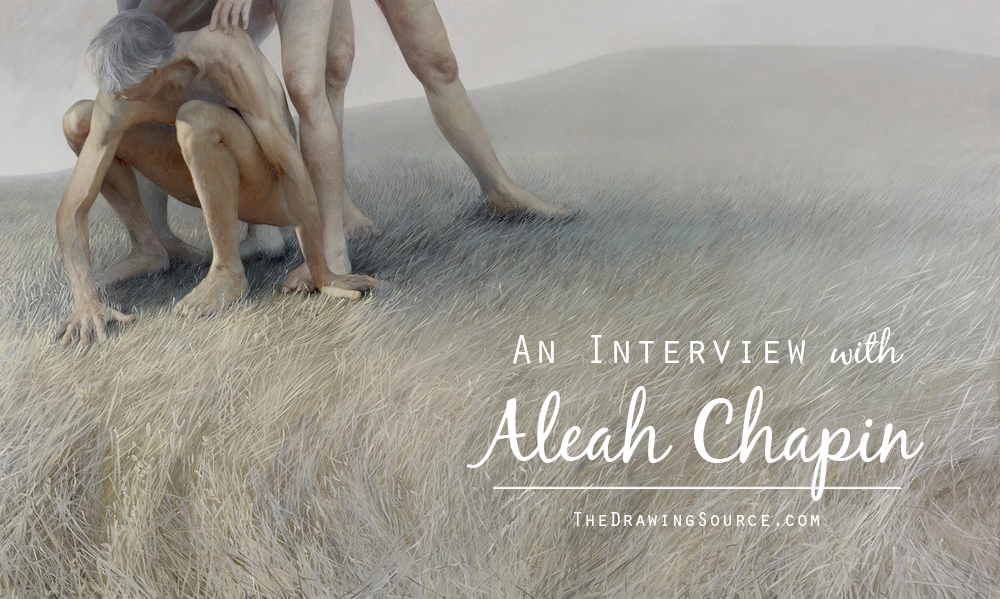
How the body is experienced and perceived, how life affects the body as we age, and the boundaries of gender specificity are but a few of the challenging themes that artist Aleah Chapin has explored in her work.
Aleah's extraordinarily honest and empathetic paintings confront us with the limitations of our bodies, yet simultaneously celebrate our physical form and the depth that lies beyond it.
I'm thrilled to present this interview with Aleah, in which she discusses the idea of telling a story through the body, the landscape as a character, and the importance of trusting the painting process.
An Interview with Aleah Chapin
Marina Fridman: The figure is clearly extremely important to you and central to your work! What is the significance of the figure, or the body, to you and how has this changed over time?
Aleah Chapin: Drawing the body has been a fascination for me my entire life. I think at the beginning, it was inspiring because of what could happen; how some marks on paper could become something that was alive, that could speak and perhaps even tell a story. This idea of telling a story through the body has been one I've explored deeply, and was a big reason I chose to paint people who are older, people who's stories are often more apparent.
"The idea of telling a story through the body has been one I've explored deeply, and was a big reason I chose to paint people who are older, people who's stories are often more apparent."
In recent years I've come to realize that I have a more personal reason for painting the body. Since my early teens, I've dealt with an auto-immune disease. This gave me an awareness of my own body at a young age, an appreciation and a knowledge that it is not all of who I am. Over the years, I have grown to have a great appreciation for my body; what it can do, and what it has taught me through it's failure.
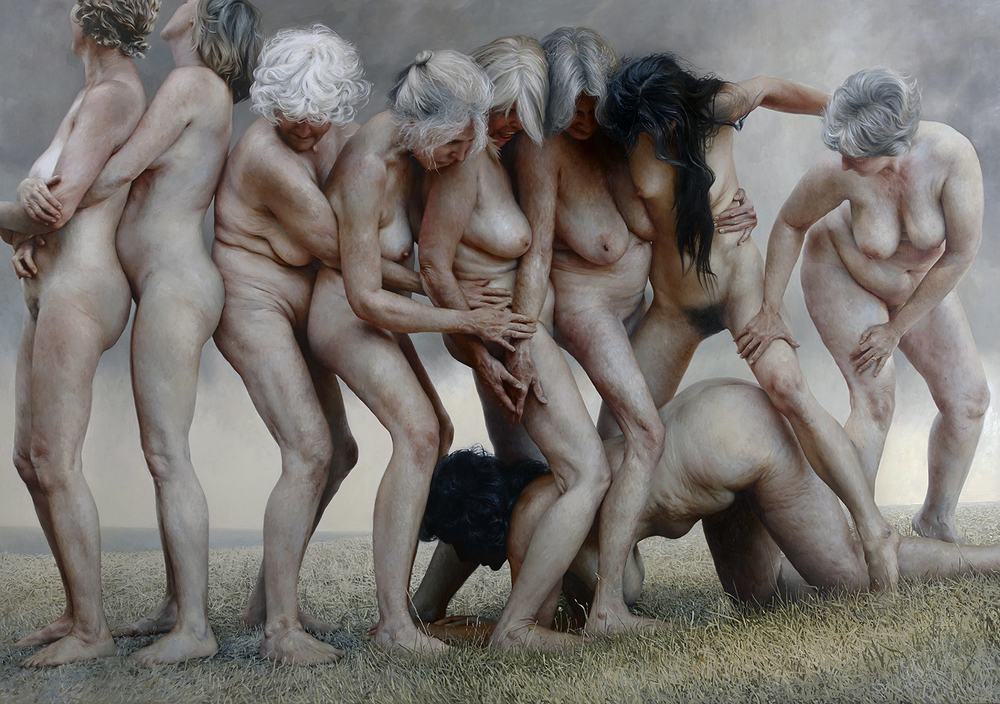 "It was the Sound of their Feet"
"It was the Sound of their Feet"
Marina Fridman: Your subjects are often set outdoors, against a landscape of sky, field, and the like. What is the significance of the landscape in your work?
Aleah Chapin: Growing up at the edge of a small town on an island, much of my time was spent exploring the woods and beaches. One of my earliest memories is of a walk through the forest at night with my dad and looking up at the moon. The natural world has always played a big role in my life.
I only realized how important it was through its absence when I moved to NYC for graduate school in 2010. This is when I began to incorporate it into my work. It isn't always there, but when it is, I see it not only as a place for the figure to reside, but as its own character in the story.
"I see [the landscape] not only as a place for the figure to reside, but as its own character in the story."
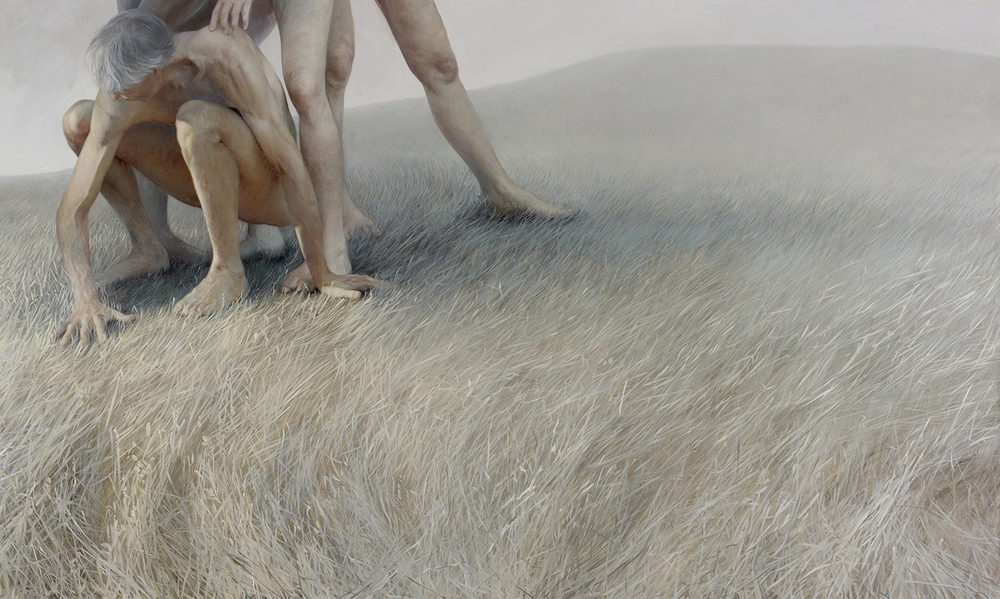 "Interfold"
"Interfold"
Marina Fridman: Can you tell us about your painting process?
Aleah Chapin: I begin by taking photos. I see these photos as the pinnacle of an experience and a collaboration with my models. They are a way to explore and capture the unexpected.
Once I've decided on a composition (which may be made up of several photos, imagination and memory) I begin by drawing a rough sketch with paint on the canvas, my goal being to get basic proportions and composition down.
Then I dive in with color and build layer after layer until the painting comes alive. As with the initial photos, I try to dance between careful control and making room for accidents. I think the space between the two is where life happens.
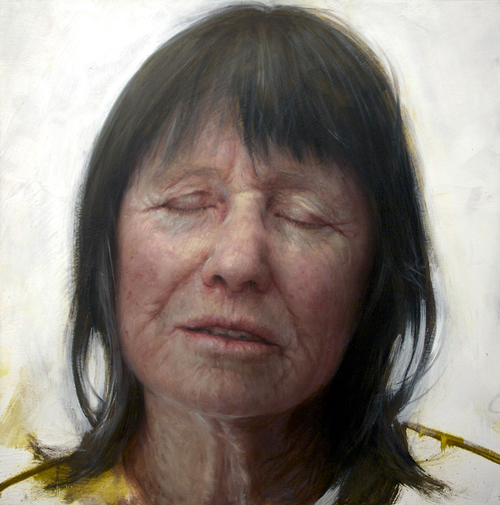 "Mully"
"Mully"
Marina Fridman: Where do you seek inspiration for your work?
Aleah Chapin: I try to stay open wherever I am because inspiration normally comes when I'm not looking for it. Once I sense it though, I follow the thread and am usually surprised where it leads me.
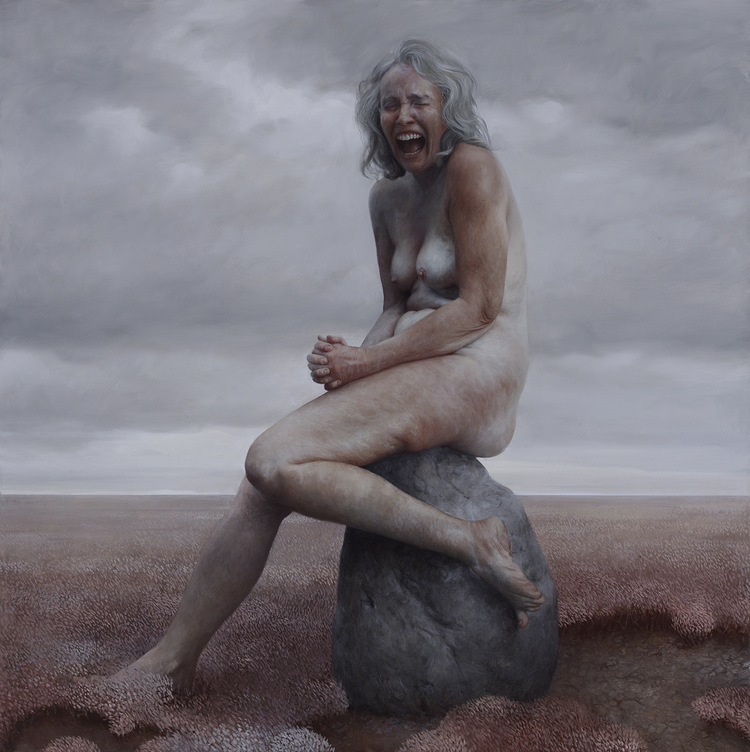 "The Tempest"
"The Tempest"
Marina Fridman: Can you describe your mindset when you're painting?
Aleah Chapin: Some days painting feels almost effortless, and other days its incredibly hard to focus and it's as if I'm painting for the first time. When this happens, I try to let go a bit, because it usually means I'm pushing too hard. I try to have a mindset where I'm present but also open and relaxed. It's all much easier said than done!
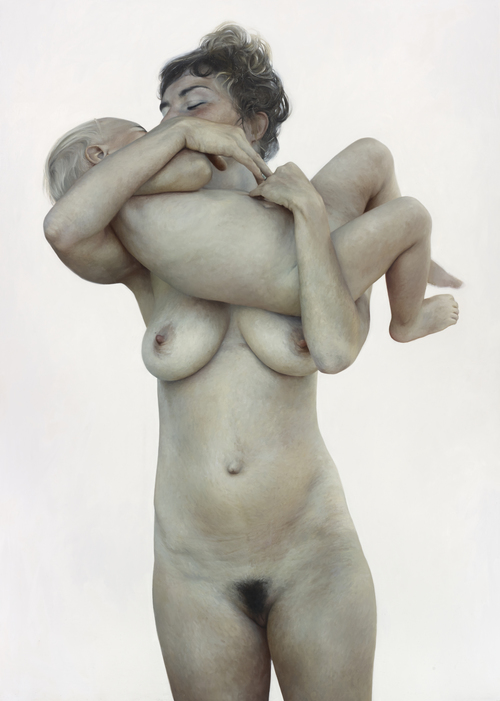 "Lucy and Laszlo 1"
"Lucy and Laszlo 1"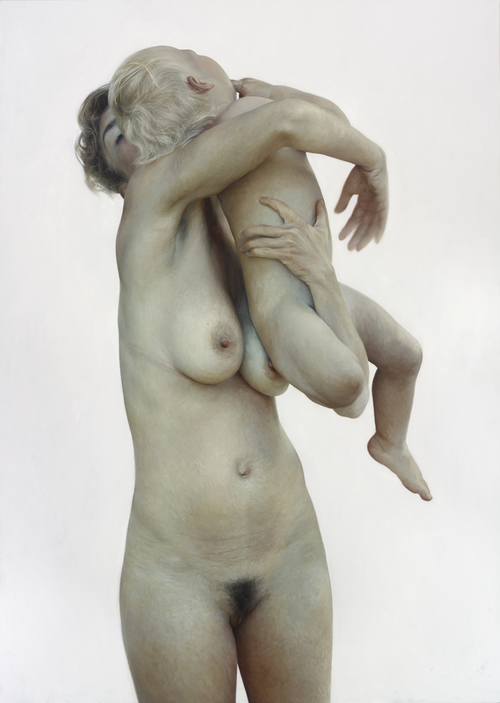 "Lucy and Laszlo 2"
"Lucy and Laszlo 2"
Marina Fridman: What do you find to be the most challenging aspect of creating one of your paintings?
Aleah Chapin: Trusting in the process and realizing paintings take time. Every painting goes through stages where I'm not even sure why I began, but knowing this is part of it all keeps me pushing through and that struggle makes the final outcome so much more rewarding.
"Every painting goes through stages where I'm not even sure why I began, but knowing this is part of it all keeps me pushing through and that struggle makes the final outcome so much more rewarding."
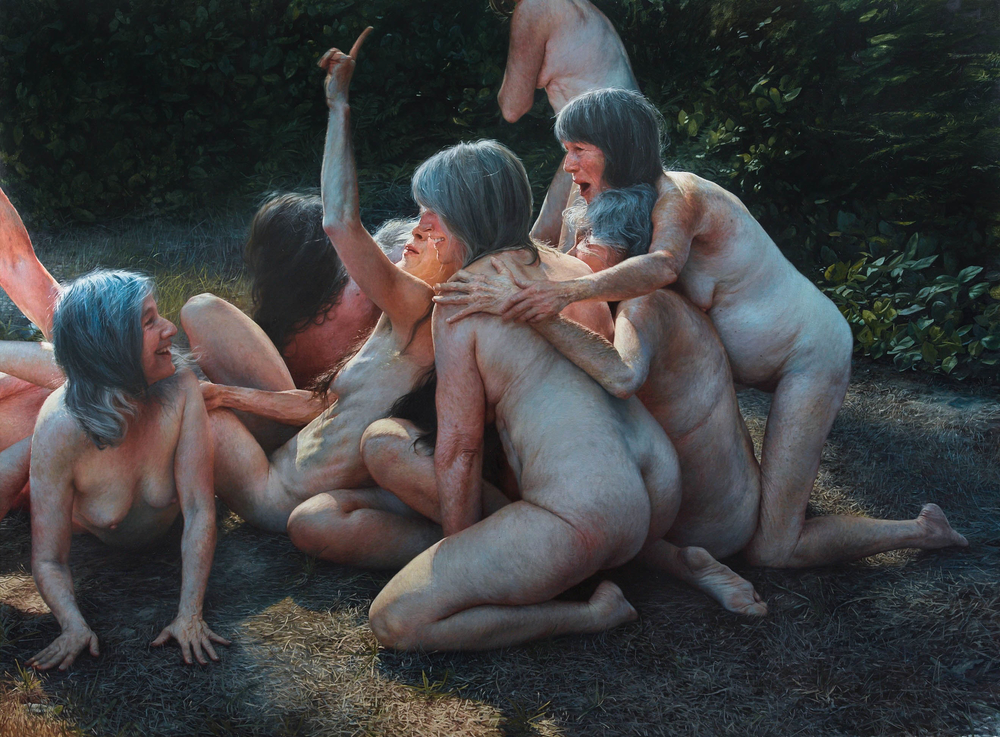 "The Last Droplets of the Day"
"The Last Droplets of the Day"
Marina Fridman: In a previous interview you talked about the importance of truly caring about the subject matter that you paint, and not allowing the technique of painting to override what you're trying to express.
Do you have any advice for those still looking for their unique, personal voice in their work? How did you go about finding yours?
Aleah Chapin: Be inspired by other artists, try to understand what the thread is that connects all of the work you are drawn to, but do your best not to compare your work or yourself to anyone else.
Don't throw an idea away that you feel strongly about just because something like it has been done before. Everything has been done before, but not by you, and you never know where it could lead.
If you follow what you love and what you truly care about, what makes you want to go to the studio, then you will put everything you have into the work and the work itself will give everything it has back to you, and ultimately to the viewer.
"If you follow what you love and what you truly care about, what makes you want to go to the studio, then you will put everything you have into the work and the work itself will give everything it has back to you, and ultimately to the viewer."
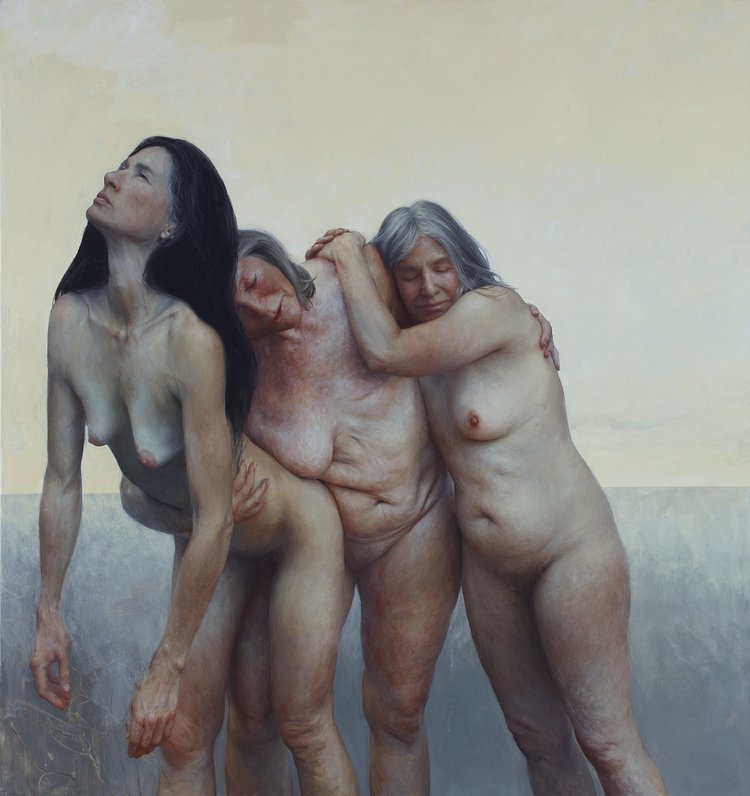 "The Three Graces"
"The Three Graces"
Marina Fridman: What artists, either historical or contemporary, have had the greatest influence on your work?
Aleah Chapin: Jenny Saville, Chuck Close, Ron Mueck, Emmet Gowin, Sally Mann, Andrew Wyeth and a million more.
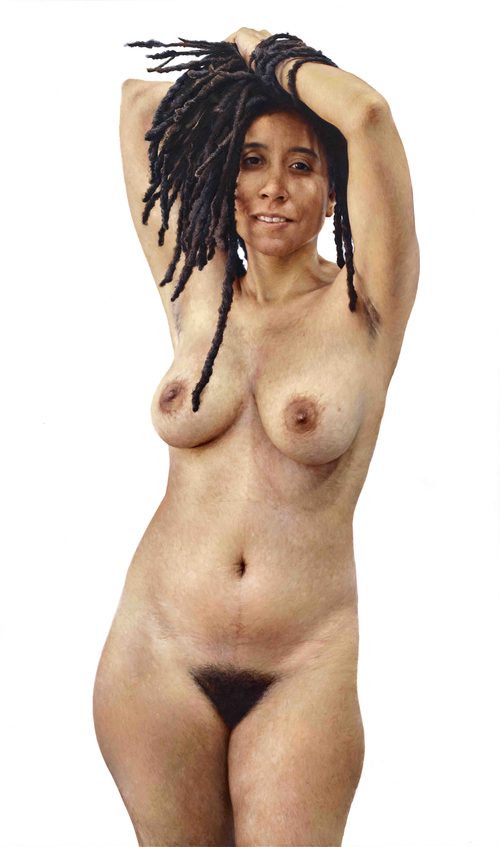 "Kara"
"Kara"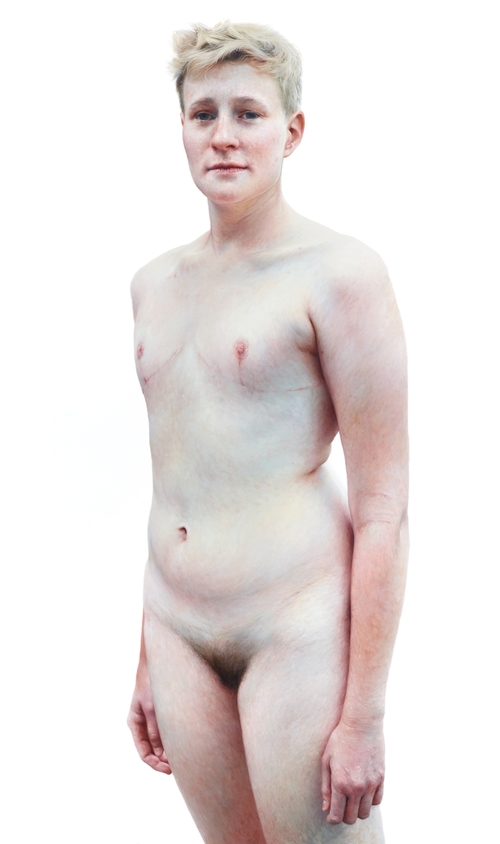 "Qwill"
"Qwill"
Marina Fridman: What is drawing to you, and what role does it play in your work?
Aleah Chapin: Drawing is the foundation. It is the backbone. It doesn't matter how vibrant your colors are or how pretty your brush marks, without a strong structure, the rest will fall apart.
I may not draw in the traditional sense very often anymore, but without those many years of drawing, I would never have learned how to see. And without knowing how to see, I would not be able to make this work.
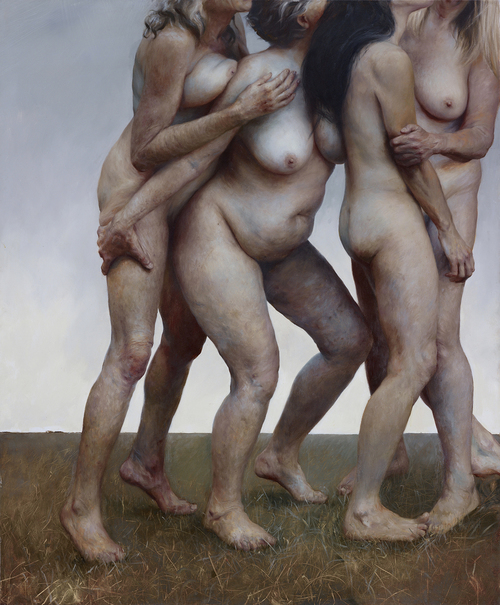 "Step"
"Step"
Marina Fridman: Were you ever given a piece of advice about drawing or art in general that you will always remember?
Aleah Chapin: A teacher at the New York Academy of Art told me, "Take the pressure off yourself to make that Big Important Painting and just paint what you know." I really needed to hear that. If I hadn't, I don't know where I would be today.
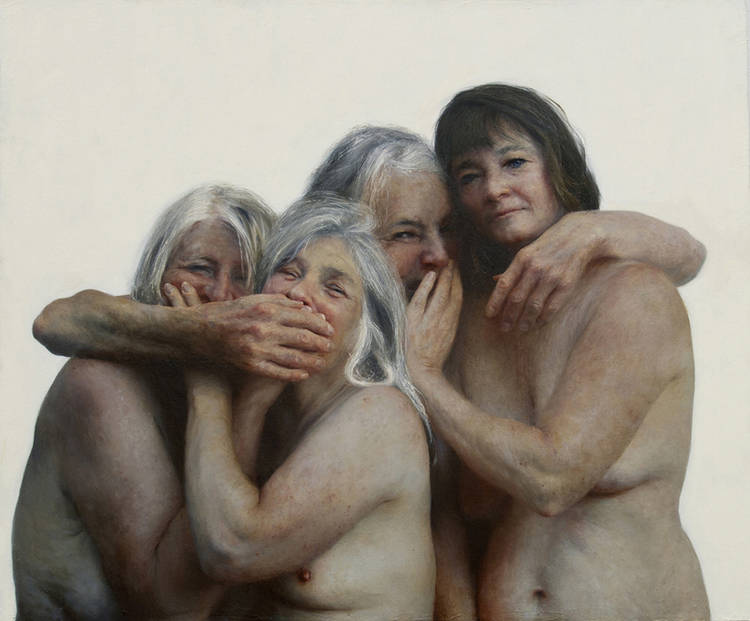 "Laugh"
"Laugh"View more of Aleah's wonderful work at AleahChapin.com
B O N U S: Download this interview!
(Plus, get a weekly newsletter and access to the Members-Only Drawing Resource Library!)
If you enjoyed this page on Aleah Chapin, you may also be interested in:
Related Pages:
An Interview with Hollis Dunlap
100 Self-Portrait Drawings from 1481 to Today
The Drawings of Alphonse Mucha
How to Generate Unlimited Drawing Ideas
